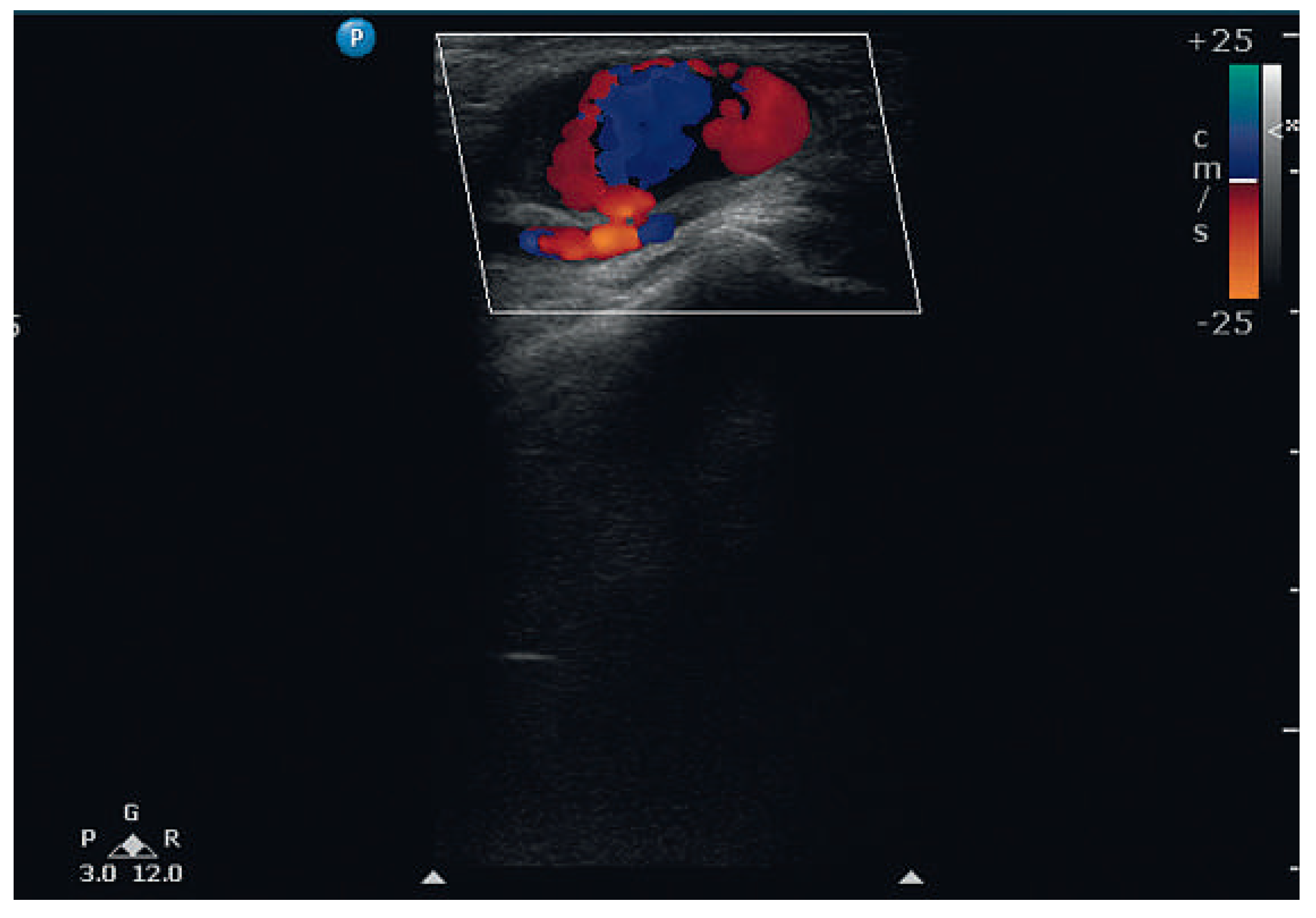Unusual Complication of Transradial Coronary Angiography
Case report
Funding / potential competing interests


© 2014 by the author. Attribution - Non-Commercial - NoDerivatives 4.0.
Share and Cite
Arunkumar, P. Unusual Complication of Transradial Coronary Angiography. Cardiovasc. Med. 2014, 17, 54. https://doi.org/10.4414/cvm.2014.00214
Arunkumar P. Unusual Complication of Transradial Coronary Angiography. Cardiovascular Medicine. 2014; 17(2):54. https://doi.org/10.4414/cvm.2014.00214
Chicago/Turabian StyleArunkumar, Panneerselvam. 2014. "Unusual Complication of Transradial Coronary Angiography" Cardiovascular Medicine 17, no. 2: 54. https://doi.org/10.4414/cvm.2014.00214
APA StyleArunkumar, P. (2014). Unusual Complication of Transradial Coronary Angiography. Cardiovascular Medicine, 17(2), 54. https://doi.org/10.4414/cvm.2014.00214



